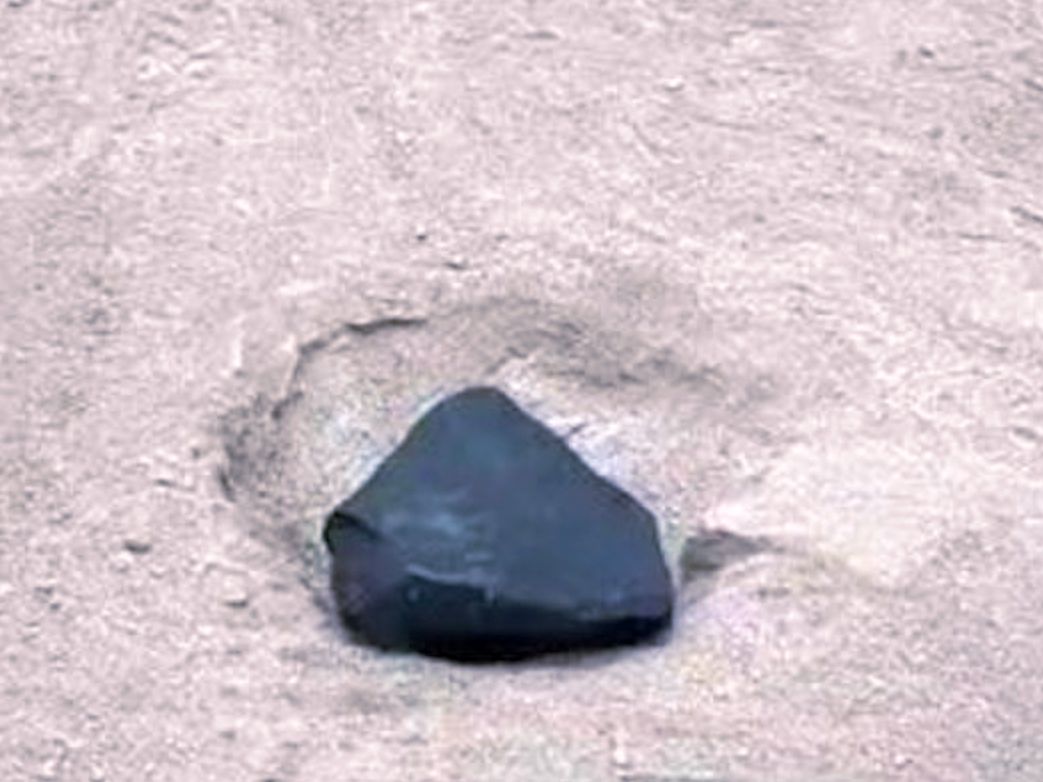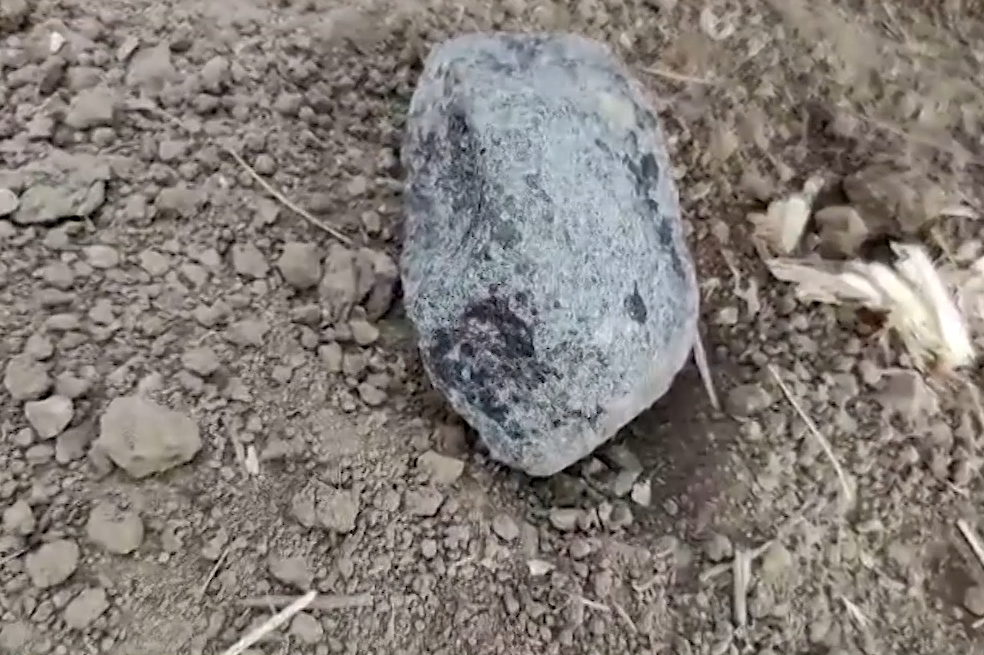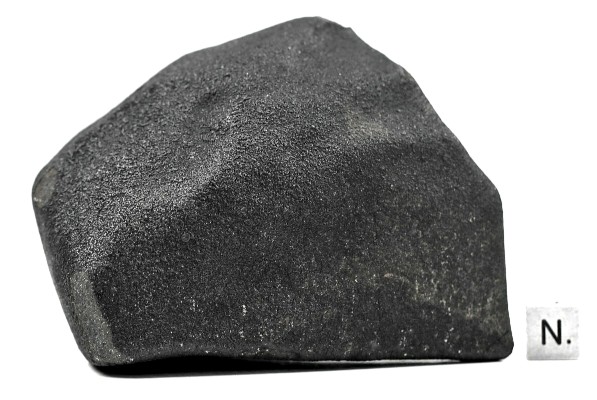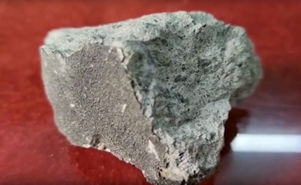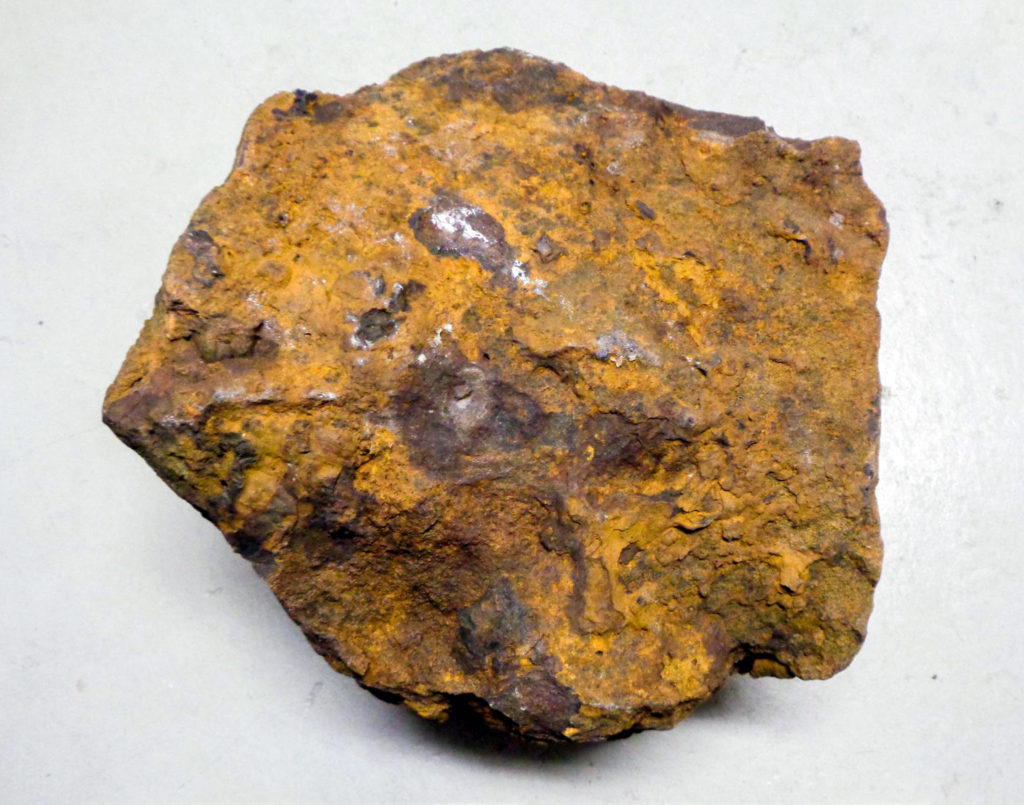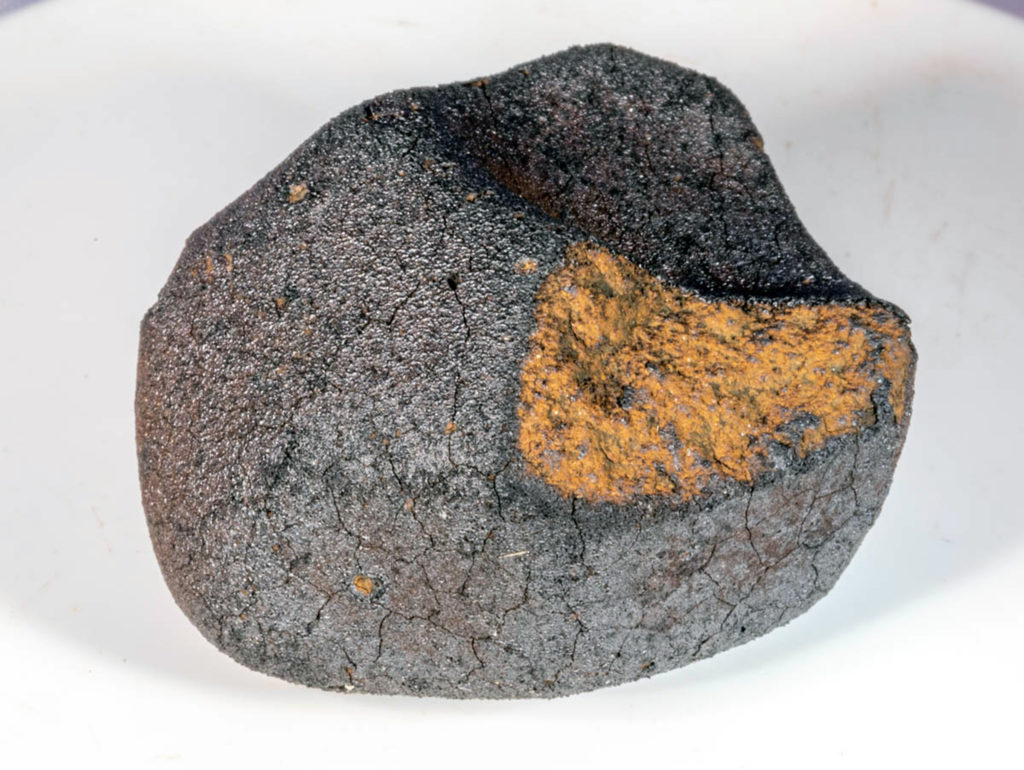Porphyritic olivine chondrules with enstatite chondrite isotopic composition as a main building block of Earth
Yves Marrocchi, Tahar Hammouda, Maud Boyet, Guillaume Avice, Alessandro Morbidelli
Earth and Planetary Science Letters
Volume 659, 1 June 2025, 119337
Available online 30 March 2025, Version of Record 30 March 2025
“Highlights
- Enstatite chondrites (ECs) share an isotopic composition with terrestrial rocks and may represent Earth’s building material.
- Despite their isotopic similarities, Earth and ECs differ significantly in their chemical ratios, a paradox whose origin remains debated.
- Our approach reveals the existence of olivine-rich chondrules with enstatite chondrite isotopic composition unsampled in ECs.
- Forming planetesimals from these chondrules explains Earth’s chemical divergence from ECs while preserving isotopic similarities.
- Our results challenge a pebble accretion origin for the Earth, supporting collisional growth from early inner solar system embryos.”
“The nature and origin of the Earth’s building blocks remain intensely debated. While enstatite chondrites (ECs) were formed from a reservoir with an isotopic composition of major elements similar to that of the Earth, they nevertheless exhibit significant chemical differences. Specifically, the Earth is enriched in refractory elements and depleted in moderately volatile elements compared to ECs. By reevaluating the budget of rare earth elements in enstatite chondrites, we show that EC chondrule precursors correspond to early condensates formed in the inner protoplanetary disk. Taking condensation models into account, we propose that these condensates consist primarily of olivine, which was subsequently transformed into enstatite due to gas-melt interactions during chondrule formation. We show that the accretion of the Earth from olivine-rich EC chondrules, which underwent shorter gas-melt interactions compared to those present in ECs, satisfactorily reproduces its chemical ratios (i.e., Mg/Si, Al/Si, Na/Si, Ti/Si, Ca/Si) and oxygen isotopic composition. This difference in the duration of gas-melt interactions in the protoplanetary disk had thus major consequences on the chemical composition of the planetesimals accreted by planetary embryos. Our approach thus addresses the chemical divergence between Earth and ECs without altering their isotopic compositions, while also supporting planet formation models involving large embryos formed in the inner protoplanetary disk.”

